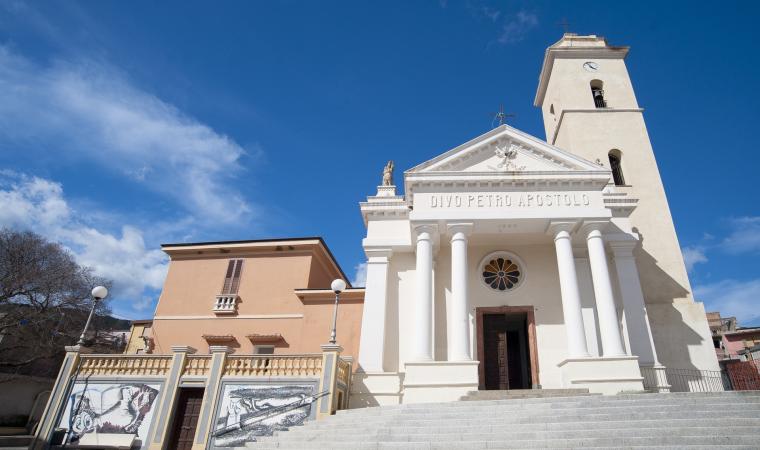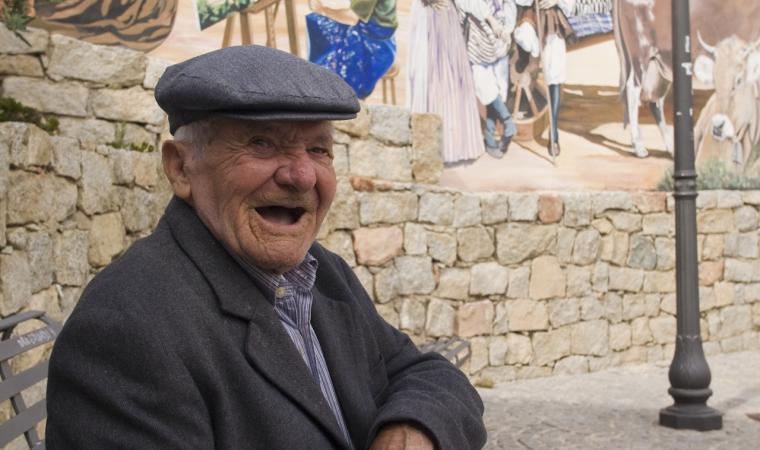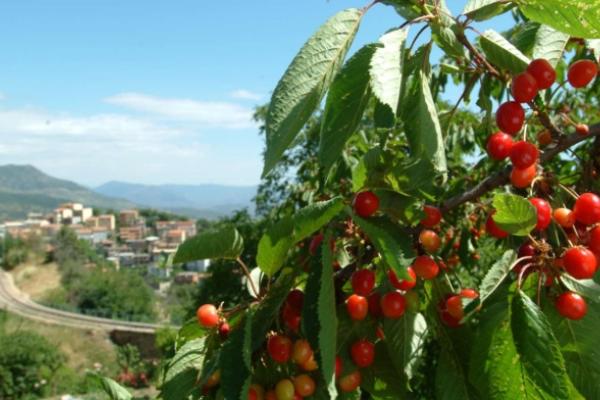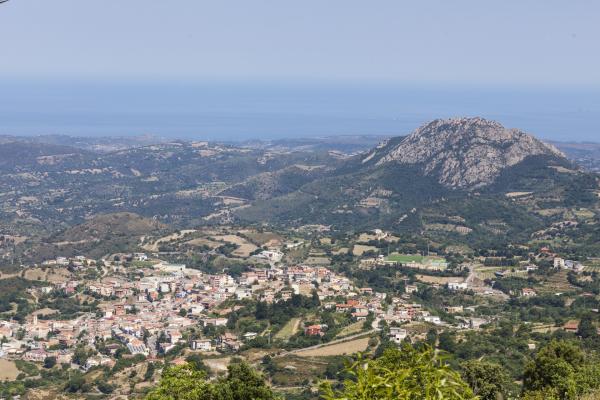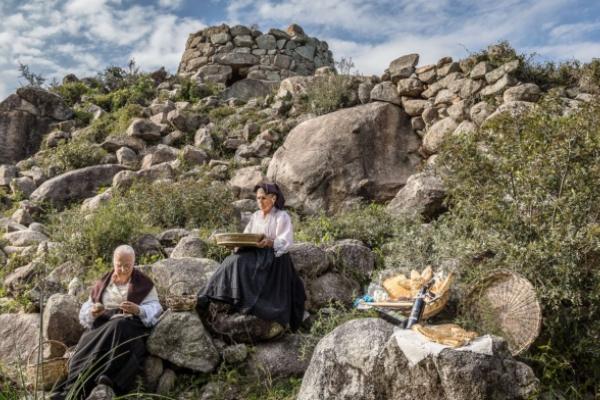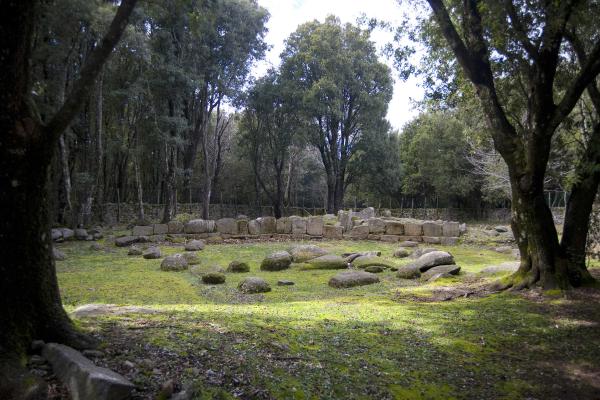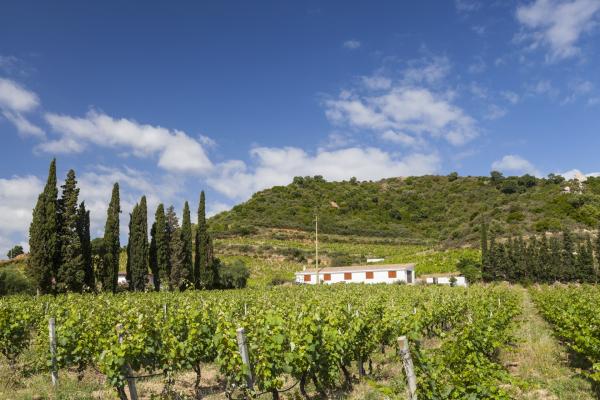This is the ideal place to enjoy both the sea and mountains, at under twenty kilometres from the Gennargentu massif and Lago Flumendosa and about ten kilometres from the beautiful beaches of the east coast, including those of Tortolì, Lido di Orrì and Cea. Loceri is a small town with 1,300 inhabitants, nestled on the verdant hills of central-eastern Ogliastra. Surrounded by beautiful scenery, it has been inhabited since the Neolithic era as evidenced by the Domus de Janas of Serra Paulis. The Cuccui and Tarè mountains protect the hills and fields cultivated with vineyards and olive groves that have marked these lands for centuries, irrigated by rivers and springs. The result is excellent Cannonau wine and extra-virgin olive oil, products that form the basis of the diet of the centenarian locals
This is the ideal place to enjoy both the sea and mountains, at under twenty kilometres from the Gennargentu massif and Lago Flumendosa and about ten kilometres from the beautiful beaches of the east coast, including those of Tortolì, Lido di Orrì and Cea. Loceri is a small town with 1,300 inhabitants, nestled on the verdant hills of central-eastern Ogliastra. Surrounded by beautiful scenery, it has been inhabited since the Neolithic era as evidenced by the Domus de Janas of Serra Paulis. The Cuccui and Tarè mountains protect the hills and fields cultivated with vineyards and olive groves that have marked these lands for centuries, irrigated by rivers and springs. The result is excellent Cannonau wine and extra-virgin olive oil, products that form the basis of the diet of the centenarian locals. The tradition of olive growing is famous. To discover this tradition, there is the ethnographic museum Sa Domu ‘e s’olia, set up in a mill from 1910, in the heart of the village. In a series of environments, through original tools, are represented domestic life, fields and festivals, the preparation of cheese, oil, bread and wine, caring for livestock, weaving and other crafts. Part of the exhibition is dedicated to traditional clothing and another section to traditional games. In the nearby ‘Vecchi Frantoi’ museum, in another refurbished oil mill, exhibitions and cultural events are held. Next to the museums is the Parish Church of San Pietro Apostolo (18th century), whose patron saint is celebrated at the end of June. In the surrounds are houses decorated with murals. In the countryside are the churches of the Sacro Cuore, immersed in a lush green park, on the road leading from the Pelau valley to Lanusei, and of San Bachisio, in the popular Baroque style (17th century). The patron saint is celebrated in May and October, also with a procession in which the faithful cross the river with the simulacrum, accompanied by the sound of the launeddas. Knights and women in traditional costume kick off the festivities. Hospitality and a sense of welcoming characterise the fairs and festivals, accompanied by the traditional cuisine with marked flavours and rich dishes from the agricultural-pastoral tradition of Ogliastra. To start are with culurgionis, ravioli with potatoes and cheese, all pinched closed to make a spiked pattern. Then comes roast lamb and pork, the tasty braiding of sheep entrails, pecorino cheese, goat rennet and cas’axedu (fresh and soft cheese). There are many home-made breads (pistoccu, civargiu, pani pintau) and cermonial sweets: amaretti, paniscedda, and the sapa and pardulas sweet breads. To accompany the red wine and to conclude is myrtle liqueur and fil’e ferru, the Sardinian grappa.





